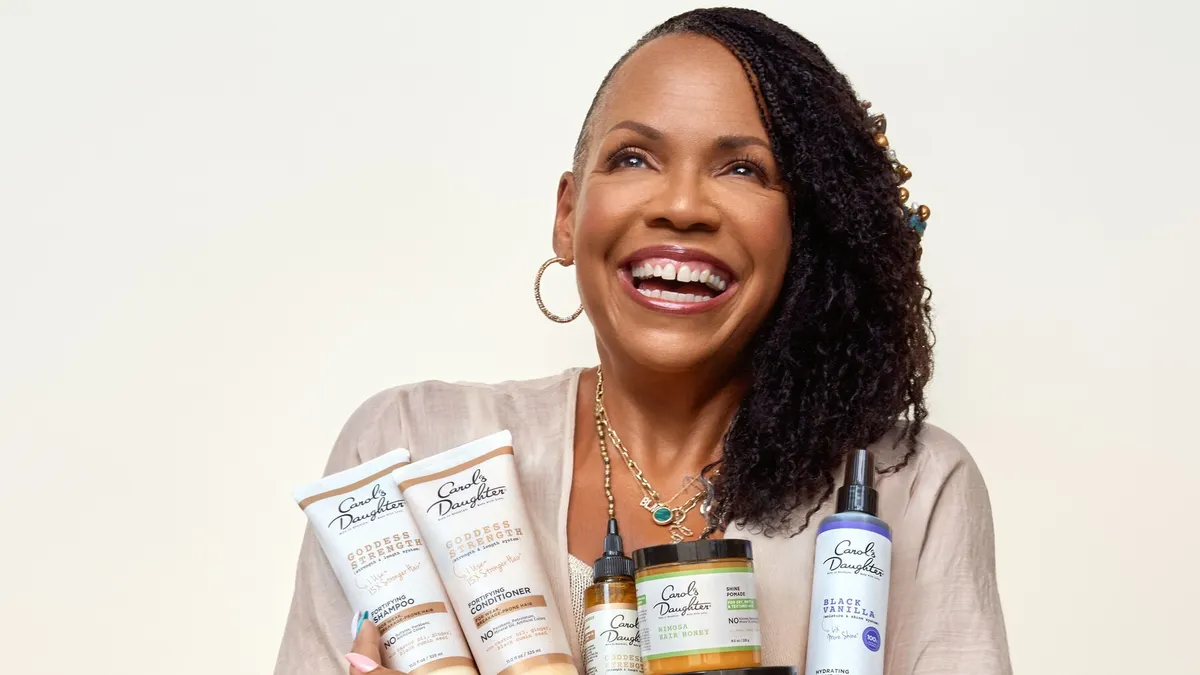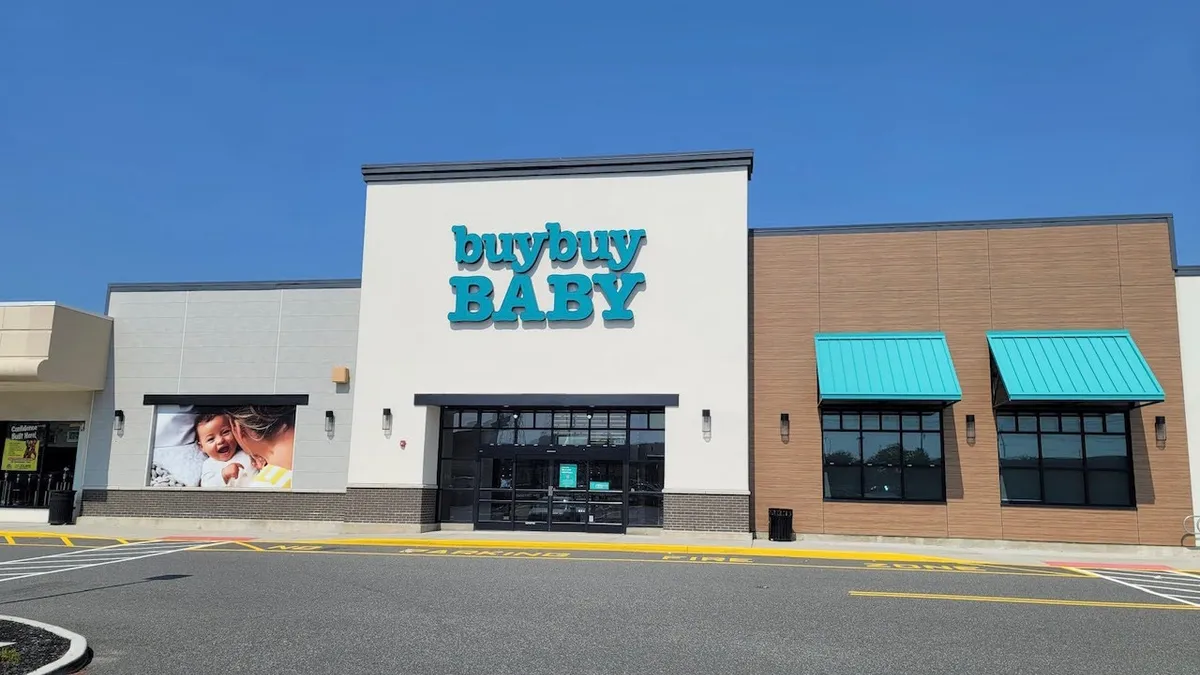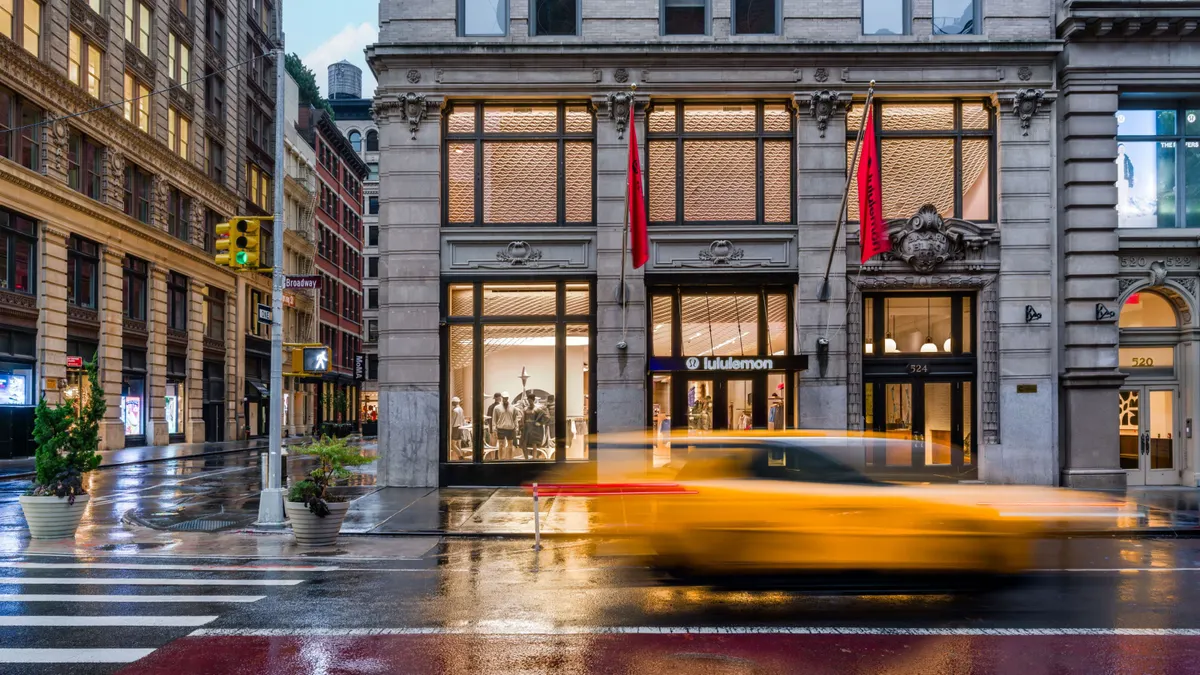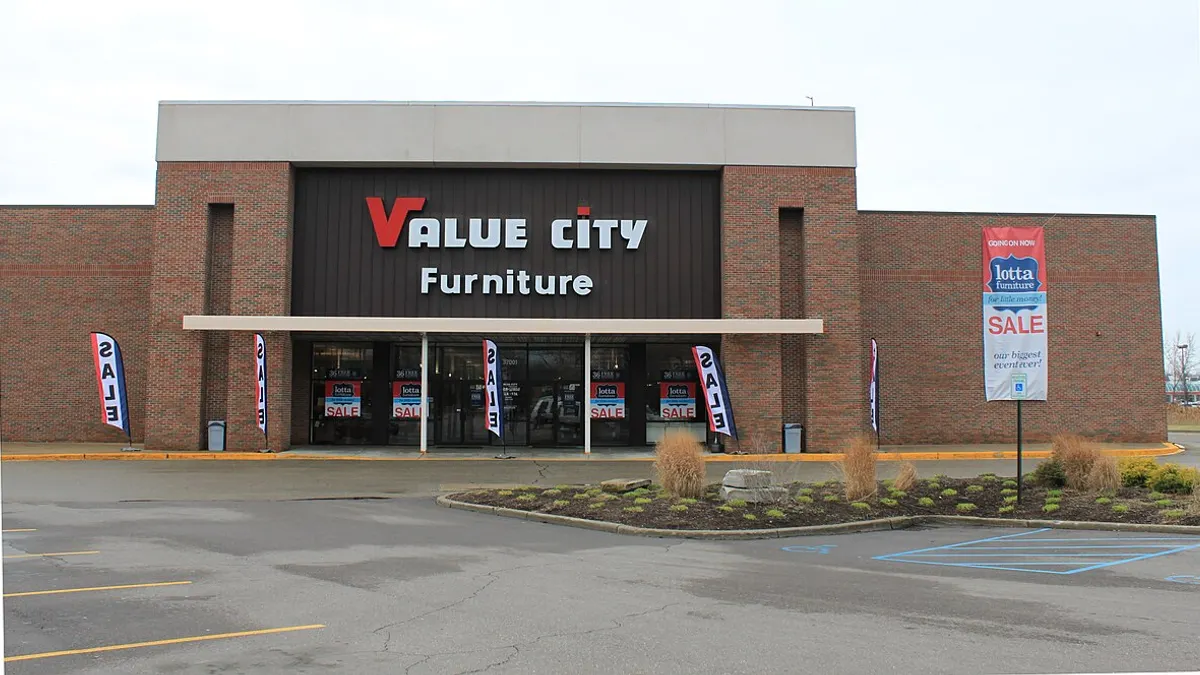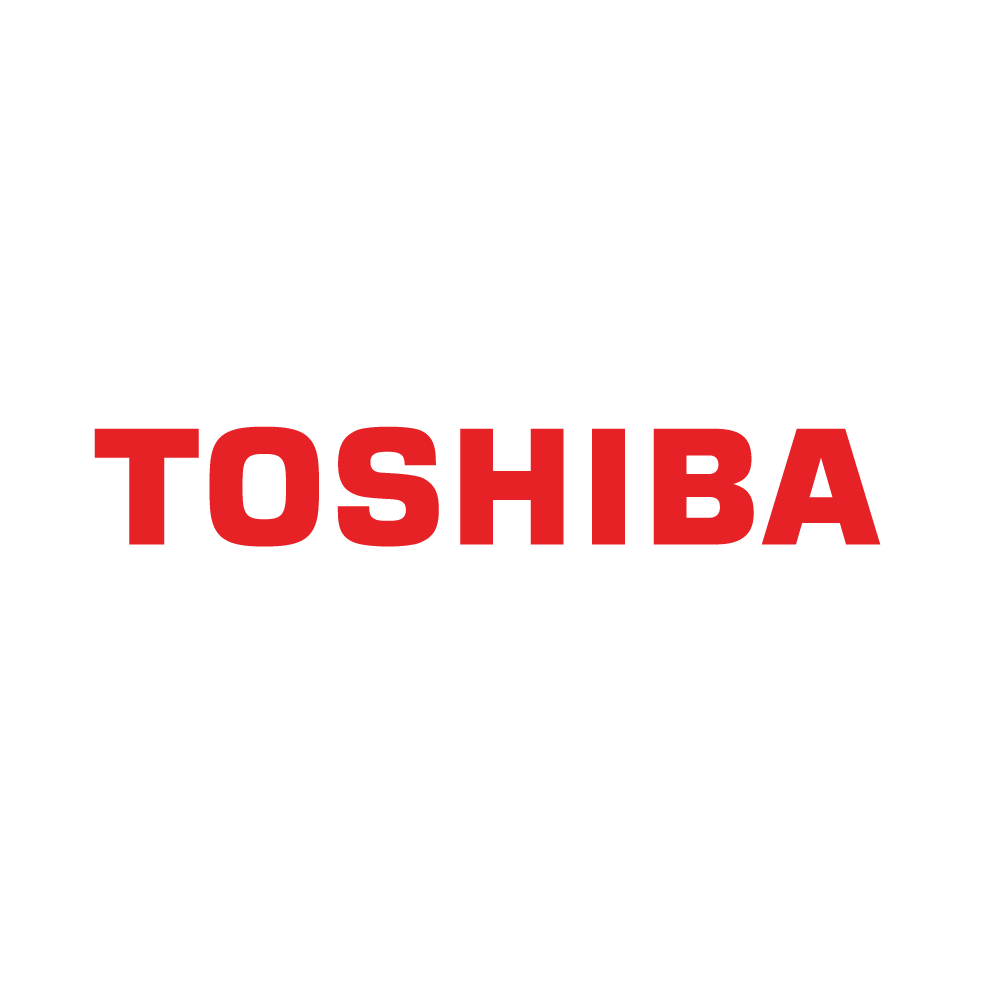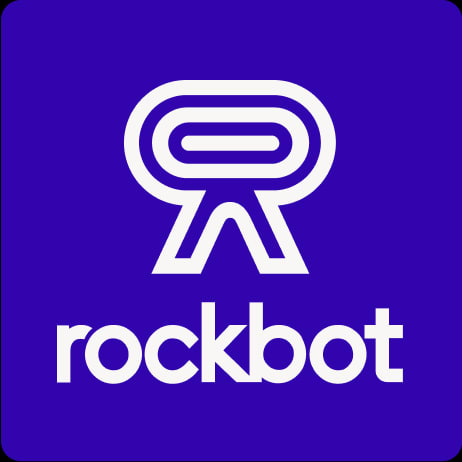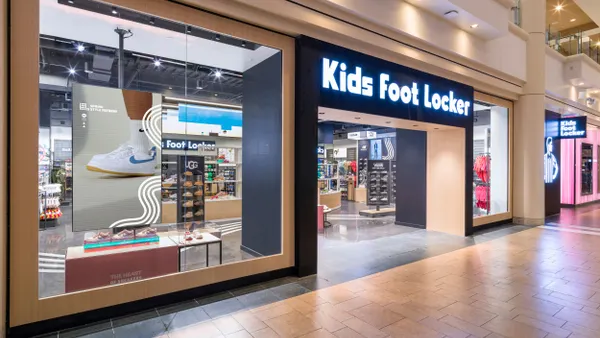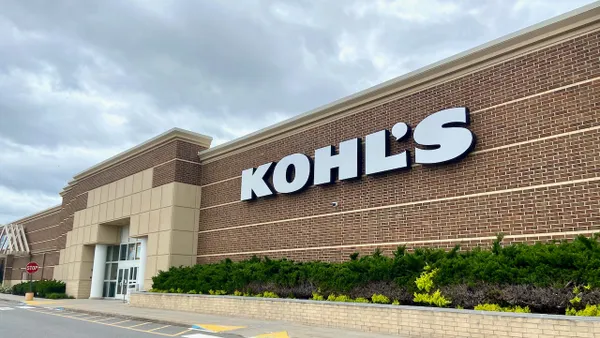Retailers investing in new technologies during 2016 did so in many cases to keep up with the competition, often represented most specifically by Amazon — the company that influenced how many of them pursued e-commerce, and now is prompting them to consider innovations in the emerging area of conversational commerce.
Retailers also pursued new innovations this year in the name of enabling better interactions and stronger relationships with their customers. That notion is the common thread running through what we believe were the five most significant areas of retail technology innovation in 2016.
1. Artificial Intelligence
It’s very likely a lot of retail folks feel AI was the biggest and most broadly impactful innovation to shape the retail sector in 2016. And it’s not just a single innovation, but a vast field on innovation, affecting everything from chatbots (more about those little guys shortly) to other forms of virtual shopping assistants to mobile and visual search to mall directory services.
The most familiar AI-powered solution is Amazon’s Alexa, and though it arrived before this year, Amazon did a lot of work this year to build an ecosystem around its AI-based assistant — work that will inform future AI innovations all across the retail sector. Late in the year, Amazon made several key moves, including creating an accelerator program releasing some of Alexa’s core technology components to developers, that should help trigger an explosion of AI initiatives in retail for years to come.
Significantly, Amazon also teamed with a couple of other heavyweights — Google and Facebook — for an alliance intended to advance understanding of AI technology and help craft best practices for its development and use. This teaming could help ensure recent AI innovations are responsibly implemented, something that surely will affect broader retail adoption. As Murray Shanahan, a professor of cognitive robotics at Imperial College London, said at the time of the announcement, “A small number of large corporations are today the powerhouses behind the development of sophisticated artificial intelligence. The inauguration of the partnership on AI is a very welcome step towards ensuring this technology is used wisely.”
Aside from Amazon, there were too many launches of AI-driven solutions in 2016 to list here, but milestones include the just-announced AI-based navigation and information apps for Mall of America and Fashion Island mall; eBay’s use of AI in creating curated marketplaces and other solutions; separate efforts by MasterCard and Stripe to deploy AI to fight fraud; and Staples' efforts to infuse its familiar Easy Button with AI.
These aren't just innovations for the sake of innovation. The chief aim with many of these efforts is to enable better customer shopping experiences, often through AI-driven conversation commerce functions. When Target teamed with startup AddStructure this fall to develop an Alexa-like assistant, a Target spokeswoman told the Chicago Tribune “One of the great things about the technology is it works with customers the way they naturally talk and the way they search for things. Anything we can use to create a better experience for our guests, that’s what is most appealing to us.”
Not surprisingly, AI also was at the center of several acquisitions and executive migrations during 2016. Etsy acquired new AI talent by buying Blackbird Technologies, while eBay, another early champion of AI in retail, lost a key AI exec to Amazon. As the retail’s AI revolution ramps up, there is surely more of that to come in 2017.
2. Chatbots
Some of you surely are thinking “Aren’t chatbots just one form of AI? Is Retail Dive cheating us out of hearing about other innovations?”
Gentle reader, we would never do such a thing — and also, while chatbots are indeed one form of AI-based solution, they also represent their own vast area of innovation in how retailers are helping their customers interact with them. While AI is the enabler, a number of parties are taking the concept and running with it to create useful and distinct chatbots, and no company may have done more during 2016 to the emerging retail chatbot economy than Facebook.
The social media giant back in April unveiled a suite of support functions for chatbots to run on its Messenger platform, a move the seemed to release a lot of pent-up energy, as more than 11,000 chatbots joined Messenger over the next few months. Facebook has continued to beef up its program by adding new services and making it easier for its members to find chatbots through newsfeed ad capabilities.
The new chatbots in some ways represent a re-innovation of some functions retailers have tried to offer through their mobile apps, with varying degrees of success.“All these brands have written apps and no one uses those apps,” Razorfish executive and retail blogger Jason Goldberg told Retail Dive at the time of Facebook's original chatbot announcement. “The bots don’t require any installation, so a lot of people, myself included, feel the bot is the new app."
Several retailers have aggressively moved to develop chatbots. The year began with Sephora launching its Virtual Artist chatbot, which it continued to enhance it throughout the months to follow, and activity continued right until the final days of 2016, as Nordstrom launched its first chatbot.
One of the more intriguing chatbot rollouts came from eBay, which launched a still-learning beta version of its ShopBot chatbot with the belief that could learn faster and become increasingly useful to eBay customers by interacting with them. Retail chatbots are right now where retail mobile apps were a few years ago — they’re nice-to-haves, but they soon will be must-haves.
3. Virtual Reality/Augmented Reality
Before we go any further, maybe we should talk semantics: Virtual reality has to do with the creation of immersive virtual environments, while augmented reality is intended to indicate the mixing of virtual and real elements in a hybrid environment. That said, it’s gotten pretty hard to separate the two notions, and the differences may not so much matter to all the retailers than have embraced them in the past year.
VR/AR (not be confused with AC/DC) is an overnight sensation that was at least 25 years in the making. Early VR/AR tools lacked quality and consistency, and were too costly even for adventurous early adopters. We’ve seen that change in recent years, with the development of high-end VR headsets and more affordable solutions from the likes of Google and Samsung, VR/AR technologies and startups have started to draw much more funding, and several industry experts suggested that 2016 was the start of a VR/AR boom.
In 2016, VR/AR certainly played a major role in retail on two different levels — both as a marketing and sales tool for retailers, and a viable product worth their shelf space. Home décor retailer Wayfair.com arguably led the way among individual retailers using VR/AR as a tool to help them sell and interact with customers: The company launched its Patio Playground VR app, developed by its Wayfair Next lab unit, in July, and continued to enhance and expand its VR offerings in recent months.
Wayfair co-founder and chairman Steve Conine called VR a "transformative discovery platform," and explained how Patio Playground allows the retailer to liven up its customer interactions: “By combining our advanced first-party 3-D scanning and visualization capabilities with Facebook’s virtual reality headset, the Wayfair Next team has created an interactive and entertaining way for customers to get inspired and browse items for their home.”
Home improvement retailer Lowe’s also advanced its own VR/AR strategy, expanding its HoloLens virtual design program with partner Microsoft. Meanwhile, Alibaba advanced its aims to allow VR users to pay for items while engaged in VR sessions. Elsewhere, the wildly popular Pokemon Go game helped raise the profile of VR/AR, not that it needed help.
In sales of VR gear, the year started promisingly, with AT&T committing to in-store demonstrations of new VR gear, and got even better when Best Buy expanded its own demos of VR gear to more than 500 stores. Whatever you want to call it, the VR/AR era is here.
4. Payments
Like everything else on this list, online and mobile payment technologies and payment apps didn’t just come to light in the last 12 months, but 2016 certainly was a game-changing year of innovation and new releases.
This year featured the fizzling of retail’s ambitions to have a unified payments app, as the Merchant Customer Exchange consortium’s ill-fated CurrentC gave way to new apps from individual retailers, banks and tradition payment card networks. Among the new launches were Walmart Pay, CVS Pay, Citi Pay and others.
Likewise, payments apps from mobile sector players also made strides in 2016. After some stagnant years, contactless in-store payments from mobile devices as well as mobile online and in-app payments started to pick up steam. Apple did its part when it updated Apple Pay for acceptance on retailer websites. Perhaps feeling some pressure, the powers behind Android Pay and Samsung Pay also made moves to expand the availability and utility of their payment solutions.
Finally, 2016 is ending with forecasts of a mobile payments boom unfolding in the coming years. There is some concern about how crowded the market is, but it is very likely that the broad emergence of new payment apps we started to see this year will carry into next year. There are plenty of other retailers who may feel that have something to gain — or customers to keep satisfied — if they launch their own branded payment offering.
Speaking at an industry event this fall, Daniel Eckert, senior vice president of Wal-Mart Services, suggested retailer-branded payment apps represent an evolution in customer loyalty and satisfaction efforts. “We’re all about engaging consumers and not based on any loyalty scheme,” he said. “Time is a currency in our customers’ lives. Saving the customer time is just as valuable as [giving them a discount]. We saw the value [in Walmart Pay] with time and convenience, versus a loyalty scheme.”
5. Personalization
This is another one that could easily have fallen into the broad spectrum of AI, and in many cases, when retailers talk about efforts to enable greater personalization, AI is the technology platform they are using to enable it. But personalization in its own right was the concept often subject to innovation as retailers rolled out new customer service features in 2016.
The recently launched My Starbucks Barista ordering feature in Starbucks’ popular mobile app was a great example of this sort of innovation: The coffeehouse goliath is enhancing the app with a voice-based ordering feature that it plans to evolve to include product recommendations and paring suggestions. It’s the type of capability that Amazon pioneered on a large scale, but other retailers are now putting their own spin on.
eBay is another company that recently has done a lot to enable more personalization within its mobile app, redesigning it with more personalization features, like product recommendations and more search filtering options. R.J. Pittman, the online marketplace’s chief product officer, explained what the company is aiming to accomplish with such efforts: "Shoppers have complex needs, which are often not fully met by traditional search engines. While offline retailers can offer human experts to help, there aren’t enough experts around to help us with everything we want and need," Pittman wrote in a blog post. "Combining AI with eBay’s breadth of inventory and unique selection will enable us to create a radically better and more personal shopping experience."
Personalization capabilities also were a key driver in IBM’s acquisition of Fluid’s personal shopper unit. IBM is intent on further integrating the personal shopping capability with its Watson AI to increase Watson’s ability to engage on a more personal level with shoppers. The desire to create a more personal bond with customers also drove Bed Bath & Beyond to buy PersonalizationMall, a company which creates literally personalized products.
Studies suggest these 2016 endeavors are a step in the right direction for retailers. Deloitte found that many shoppers prefer a personalized, self-directed shopping journey, and Experian reported that personalization efforts improve the open rate of marketing emails.
Getting personal with customers may sound like an old an obvious idea, but this year retailers have begun to put a new spin on it, bringing new capabilities to mobile and online platforms that underline the value of personal engagement in the purchasing process.






